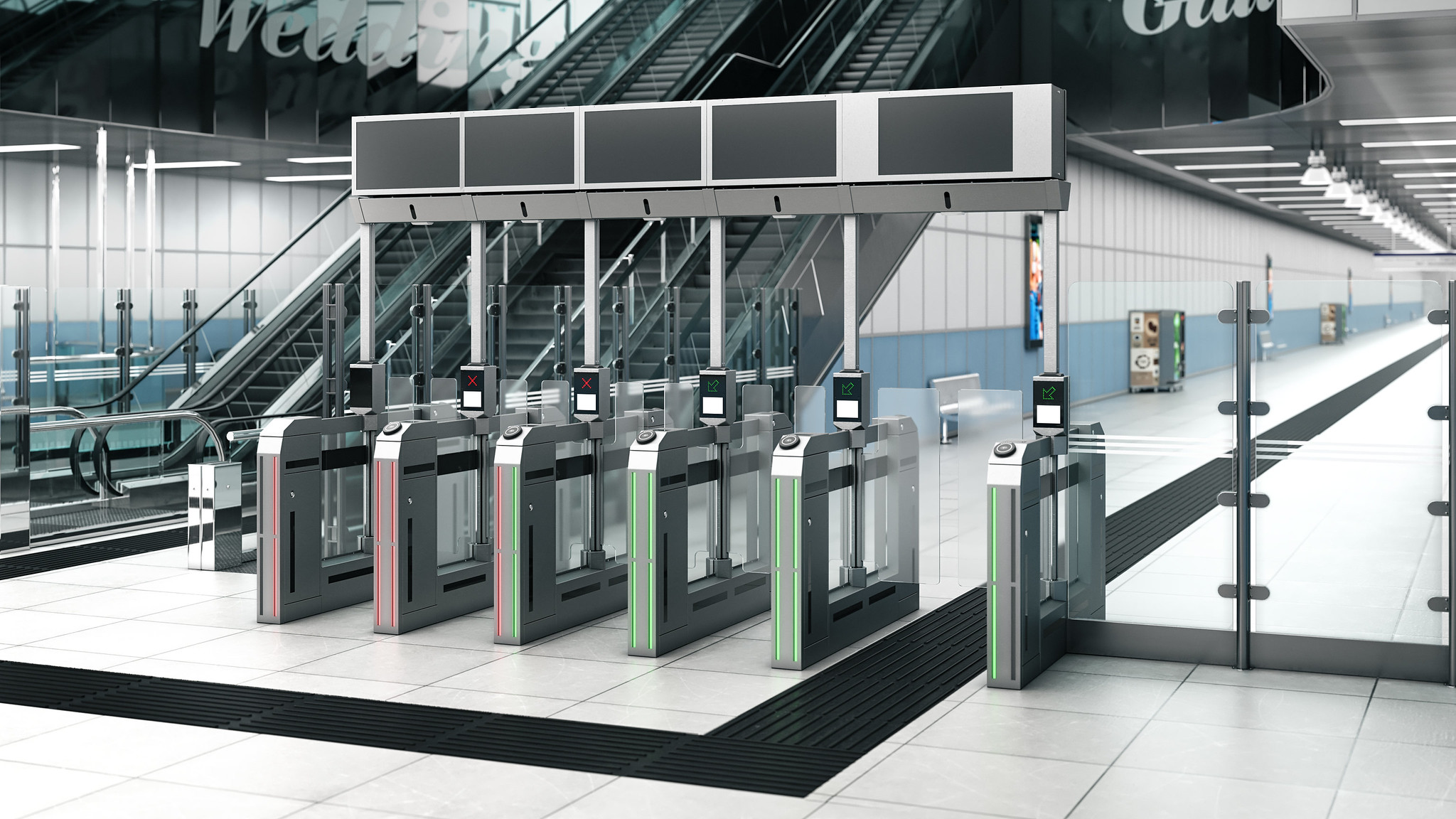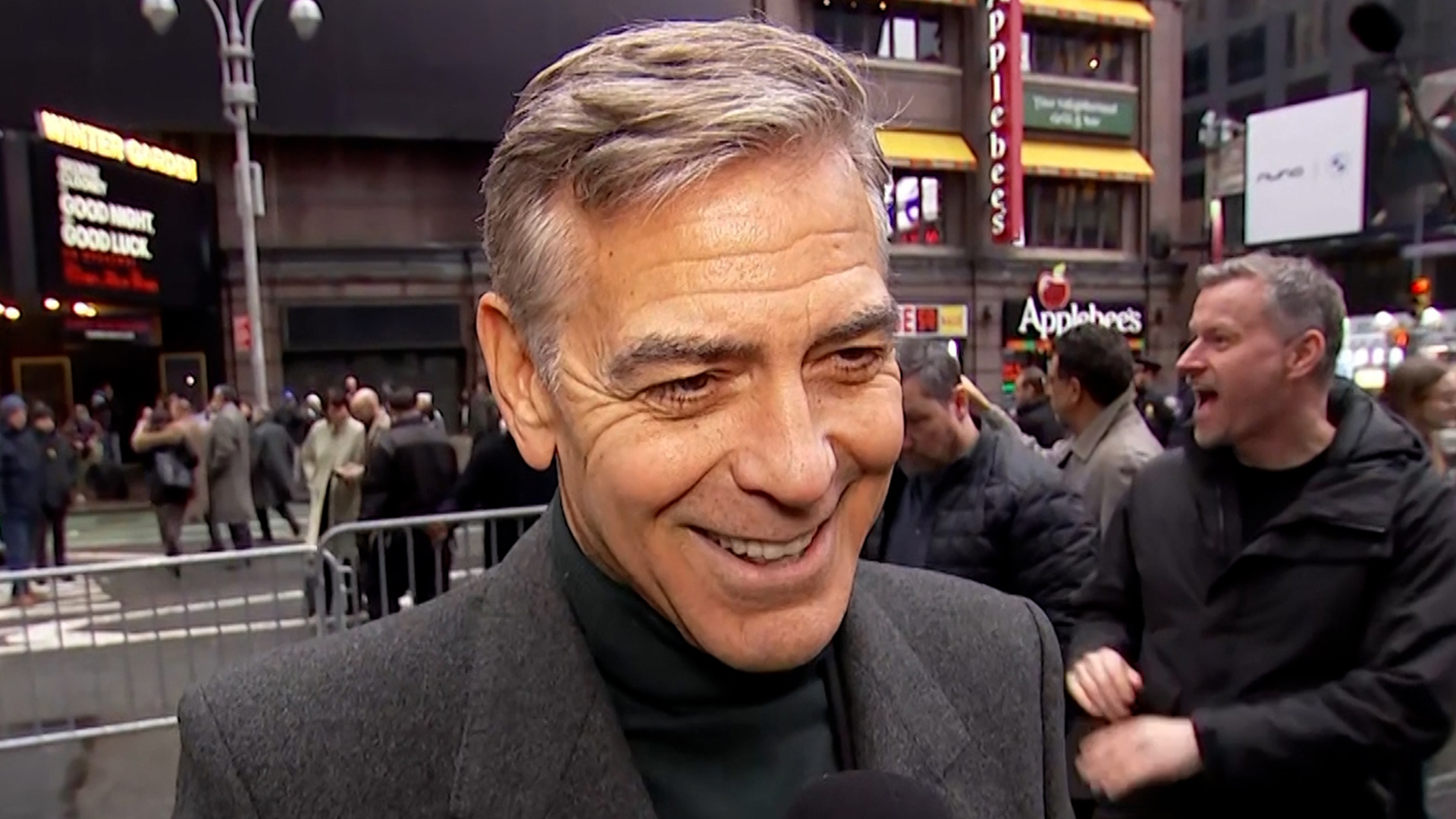NYC Subway's $1.5B Fix: New Fare Evasion Gates Coming This Fall
Cracking Down: NYC Subway's $1.5B Fare Evasion Fight Begins This Fall
Introduction: Riding the Rails of Change
Let's face it, navigating the New York City subway system can be a unique experience. From the colorful characters to the unexpected delays, it's a microcosm of the city itself. But one constant that's been plaguing the Metropolitan Transportation Authority (MTA) is fare evasion. People hopping turnstiles, squeezing through gates, and generally finding creative (and illegal) ways to ride for free. The MTA, in response, is gearing up for a major overhaul, and it all starts this fall. Get ready for a new era of subway access, as the MTA is set to test its new fare evasion gates!
The Billion-Dollar Battle: Why the MTA is Investing Big
Understanding the Cost of Fare Evasion
Why are we talking about $1.5 billion? Well, fare evasion isn't just a minor annoyance; it's a serious drain on the MTA's resources. Think of it like this: every person who dodges the fare contributes to a financial hole that needs to be filled. This money could be used for system improvements, maintenance, and even keeping fares stable. It's estimated that fare evasion costs the MTA hundreds of millions of dollars annually.
The $1.5 Billion Investment: More Than Just Gates
Now, $1.5 billion sounds like a lot of money, right? And it is! But it's not just about fancy new gates. This investment is a comprehensive plan to improve fare collection, enhance security, and ultimately create a better experience for paying riders. It's about sending a clear message: the MTA means business when it comes to enforcing fare payment.
Pilot Program: A Test Drive for the Future of Subway Access
The Pilot Project: 20 Stations, 4 Gate Prototypes
Before rolling out these high-tech gates across the entire system, the MTA is wisely starting with a pilot program. Twenty stations will be equipped with one of four different prototype gate designs. This allows the MTA to gather data, assess the effectiveness of each design, and fine-tune the system before committing to a full-scale implementation.
Participating Stations: Where Will the New Gates Appear?
So, which stations are getting the first look at these new gates? Here's the list:
- Times Square
- Union Square
- Atlantic Av-Barclays Center
- Delancey St– Essex St
- Jackson Hts-Roosevelt Av
The "FINS": A Sharper Approach to Deterrence
What are "FINS"?
Earlier this year, the MTA tested "FINS," which are basically sharper barriers on turnstiles. These aren't designed to injure anyone, of course, but rather to make it more difficult and uncomfortable for people to jump or climb over the turnstiles. Think of them as a visual and physical deterrent.
Where Have "FINS" Been Spotted?
The "FINS" have already been deployed at some busy stations, including:
- 9th Street-Lexington Avenue
- 42nd Street-Times Square
- Fulton Street
Decoding the New Gate Designs: What to Expect
High, Wide, and Handsome: Potential Gate Features
While the specific designs of the four prototypes haven't been fully unveiled, we can expect to see gates that are taller, wider, and more difficult to bypass. Imagine something akin to the security gates you see at airports – a clear physical barrier that discourages anyone from attempting to sneak through. These new gates will likely incorporate advanced technology to detect fare evasion attempts.
Technology at Play: Beyond the Physical Barrier
It's not just about physical barriers; technology will play a crucial role. Expect to see features like:
- Improved OMNY reader technology for faster and more reliable fare payment.
- Advanced sensors to detect tailgating (when someone tries to slip through behind a paying customer).
- Cameras and other surveillance technology to deter fare evasion and assist in enforcement.
Impact on Riders: Will My Commute Be Affected?
Short-Term Disruptions: Pilot Program Realities
During the pilot program, riders at the selected stations may experience some temporary disruptions. There might be construction, temporary gate closures, and generally a bit of a learning curve as everyone gets used to the new system. But remember, these short-term inconveniences are for the long-term benefit of the entire system.
Long-Term Benefits: A Smoother, More Secure Ride
In the long run, the hope is that these new gates will create a smoother, more secure, and more efficient ride for everyone. By reducing fare evasion, the MTA can generate more revenue, which can then be reinvested in improving the system. This means better service, newer trains, and a more pleasant overall experience.
Beyond the Gates: A Multi-Pronged Approach to Fare Evasion
Enforcement Efforts: More Than Just Hardware
The MTA isn't just relying on new gates to solve the fare evasion problem. They're also ramping up enforcement efforts. This means more police officers and transit workers patrolling stations and cracking down on fare evaders. It's about creating a culture of accountability and making it clear that fare evasion won't be tolerated.
Addressing the Root Causes: A Holistic Solution
While enforcement is important, it's also crucial to address the root causes of fare evasion. Are there economic factors at play? Are there accessibility issues that make it difficult for some people to pay the fare? The MTA needs to work with community organizations and government agencies to develop solutions that address these underlying issues.
The Future of Fare Collection: OMNY and Beyond
The OMNY Revolution: Goodbye MetroCard?
The OMNY system is gradually replacing the MetroCard as the primary method of fare payment. OMNY allows riders to pay with their smartphones, contactless credit cards, or OMNY cards. This technology offers convenience and efficiency, and it also helps to reduce fare evasion by making it easier and more seamless to pay.
What's Next for Fare Payment Technology?
The MTA is constantly exploring new and innovative ways to improve fare collection. Could we see biometric fare payment in the future? Or perhaps even more advanced mobile payment options? The possibilities are endless, and the MTA is committed to staying ahead of the curve.
Community Reactions: Are New Yorkers on Board?
Public Opinion: A Mixed Bag
As with any major change, the MTA's plan to install new fare evasion gates has been met with mixed reactions. Some New Yorkers applaud the effort to crack down on fare evasion, while others worry about the potential impact on accessibility and affordability. It's important for the MTA to listen to these concerns and address them transparently.
The Accessibility Question: Ensuring Inclusivity
One of the biggest concerns is ensuring that the new gates are accessible to everyone, including people with disabilities, seniors, and families with strollers. The MTA needs to work closely with disability advocacy groups to ensure that the new gates meet the needs of all riders.
Conclusion: A New Chapter for the NYC Subway
The MTA's $1.5 billion overhaul to combat fare evasion is a bold move that could reshape the future of the New York City subway system. The pilot program this fall will be a crucial test, and the results will determine the direction of this massive undertaking. While there may be some bumps along the road, the ultimate goal is to create a more efficient, secure, and equitable system for all riders. So, get ready for a new era of subway access in the Big Apple!
Frequently Asked Questions
- Why is the MTA spending so much money on fare evasion gates?
Fare evasion costs the MTA hundreds of millions of dollars each year, impacting its ability to maintain and improve the subway system. This investment is aimed at reducing those losses and ensuring a better experience for paying riders.
- Which subway stations will be part of the pilot program for the new fare gates?
The pilot program will include Times Square, Union Square, Atlantic Av-Barclays Center, Delancey St– Essex St, and Jackson Hts-Roosevelt Av stations.
- How will the new gates affect people with disabilities or those using strollers?
The MTA is working to ensure the new gates are accessible to everyone, including people with disabilities. They are consulting with disability advocacy groups to address accessibility concerns.
- What happens if I accidentally try to go through a new gate without paying?
The new gates are designed to deter fare evasion, but they are not intended to harm anyone. If you accidentally try to go through without paying, you will likely be stopped by the gate, and you will need to pay your fare before proceeding.
- Will the new gates completely eliminate fare evasion in the subway system?
While the new gates are expected to significantly reduce fare evasion, it's unlikely they will eliminate it entirely. Fare evasion is a complex problem that requires a multi-faceted approach, including enforcement and addressing the root causes of why people evade fares.

